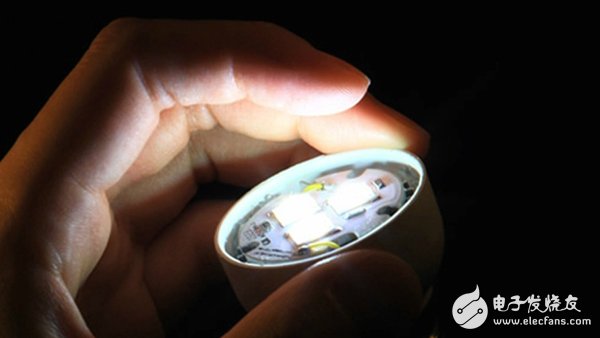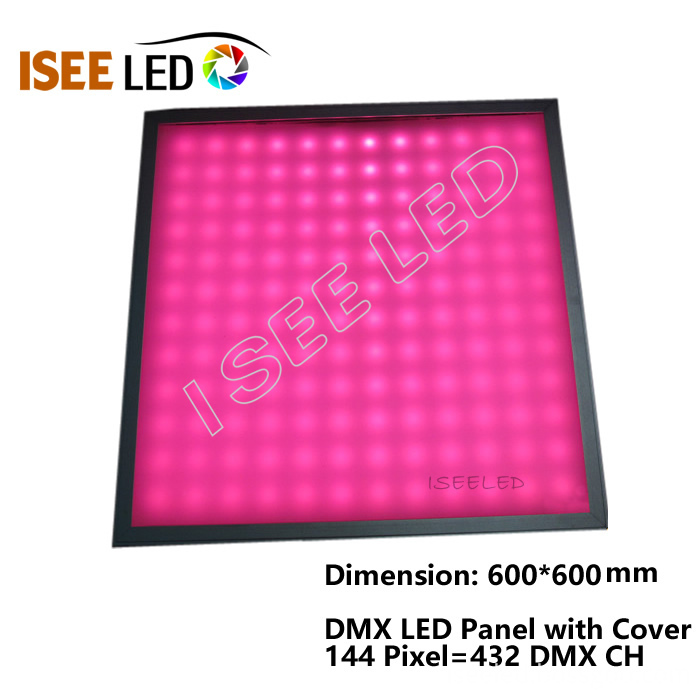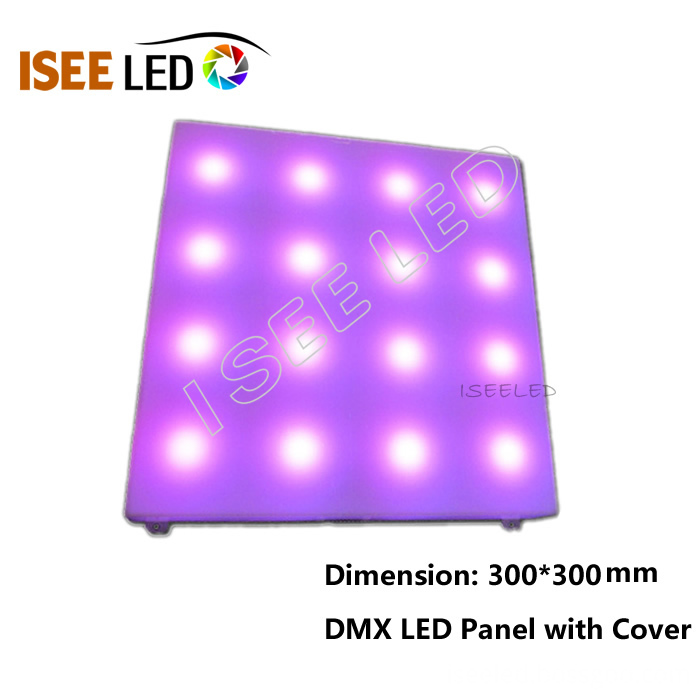Today, with the continuous development of LED lighting technology and the increasing emphasis on energy crisis in the society, the LED lighting industry is ushered in a full-scale outbreak, attracting a large number of capital and enterprises, and the competition in the lighting market is becoming increasingly fierce.

From the perspective of the development of LED lighting technology, one can be in three aspects, one is the chip level, one is the packaging level, and the other is the application level. The chip level mainly focuses on the LED manufacturing technology; the packaging level is mainly how to convert the LED chip into a lamp or a light source that can be used for illumination; the development of LED application technology is relatively complicated, mainly including the development of electronic control technology, new materials. Development and use, development and improvement of environmental lighting quality assessment technology.
First, the chip level
The pursuit of high luminous efficiency has been the driving force for the development of LED chip technology. Flip-chip technology is one of the main technologies for obtaining high-efficiency and high-power LED chips. The sapphire in the substrate material and the vertical structure of the laser substrate stripping technology (LLO) and the new bonding technology will still be used for a long time. Dominant. However, in the near future, metal semiconductor structures will be used to improve ohmic contact, improve crystal quality, improve electron mobility and electrical injection efficiency, and at the same time improve the extracted light by roughening the surface of the LED chip and photonic crystal, high reflectivity mirror, and transparent electrode. Efficiency, the total efficiency of white LEDs can reach 52%. With the improvement of LED light efficiency, on the one hand, the chip becomes smaller and smaller, and the number of chips that can be cut on a certain size epitaxial wafer is more and more, thereby reducing the cost of a single chip, and on the other hand, the power of the single chip is getting bigger and bigger. If it is 3W now, it will develop to 5W and 10W in the future. This power-required lighting application can reduce the number of chips used and reduce the cost of the application system. In short, flip-chip, high voltage, silicon-based gallium nitride will still be the development direction of semiconductor lighting chips.
Second, the package level
Chip-scale packaging, LED filament packaging, high color rendering index and wide color gamut will be the future development trend of packaging technology. The use of transparent conductive film, surface roughening technology, DBR reflector technology to enhance the efficacy of LED lamp bead package is still the mainstream of technology; while the flip-chip structure of COB / COF technology is also the focus of packaging manufacturers, integrated packaged light engine Will become the focus of research and development in the next season.
De-powering scheme (high-voltage LED), the popularity of COB/COF applications: driven by cost factors, the de-powering scheme has gradually become an acceptable product, and the high-voltage LED fully caters to the de-powering scheme, but it needs to solve the chip reliability. . With the advantages of low thermal resistance, good light quality, solder-free and low cost, COB applications will be widely used in the future.
In addition, the medium power will become the mainstream packaging method. Currently, most of the products on the market are high-power LED products or low-power LED products. Although they have their own advantages, they also have insurmountable defects, and the medium power combining the advantages of both. LED products came into being.
There is also the application of new materials in packaging. Materials with higher environmental resistance such as high temperature resistance, UV resistance and low water absorption, such as thermosetting materials EMC, thermoplastic PCT, modified PPA and ceramic-like plastics, will be widely used. For the demand of light quality, for indoor lighting, LED color rendering index CRI is based on 80, with 90+ as the goal, try to make the light color of lighting products close to Planck curve, so as to improve the light quality of LED, future indoor Lighting will also pay more attention to the quality of light.
By optimizing the LED packaging technology, the light efficiency is further improved, and has now exceeded 200 lm/W, which is much higher than other conventionally used light sources. The heat dissipation performance of the LED lamp bead will be further improved, the reliability will be further improved, the life of the lamp bead will be further extended, and the light color quality will be further improved, and the human eye comfort will be further improved.
Third, LED application research and development level
At present, the application manufacturers mainly realize the cost optimization of LED lighting products by adopting new heat dissipation materials, advanced optical design and new optical material applications, and at the same time ensure product performance. But in the future, LED lighting application manufacturers will focus on these points:
1. Interchangeable LED light engine technology based on application scenarios;
2. LED intelligent lighting system architecture technology based on IoT platform;
3. Development of LED lighting fixtures based on reliability design, development of high-performance LED lighting fixtures that maintain color/luminance consistency during the use cycle;
4. Development of lamps based on large-area efficient diffusion diffuser technology;
5. Lighting system solution technology and service system for online light environment experience;
6, the color characteristics of LED light source, which makes scene lighting will also be the core competitiveness of LED lighting.
Traditional lighting fixtures are designed around the shape and size of the light source and are fixed in size. The characteristics of LED lighting fixtures are: the shape of the lamps is free, the appearance is creative; the lamps are free in size and flexible in size; the lamps are freely light and on-demand; the lamps are freely spectral and the light color is flexible; the lamps are freely installed and installed freely. Future LED luminaire shapes will no longer be limited to the shape of traditional luminaires, but will tend to shape liberalization and concealment. Freedom of shape meets individual needs on the one hand, and ornamentation on the other, while the hidden nature of LEDs hides lighting fixtures in an embedded form but is ubiquitous. At the same time, LED lighting products can achieve arbitrary control of lighting lumens, and are no longer limited to a fixed number of watts in a certain region of a certain region, which will be a great technological advancement.
Intelligent lighting: future trends
Intelligent lighting refers to the use of intelligent client for information collection, processing and manipulation. Through the functions of brightness adjustment, light switch machine distribution control, spectrum adjustment control, scene setting, etc., it achieves safety, energy saving, health and comfort. Features of intelligent lighting technology include distributed, remote telemetry, open, compatibility, and interactivity. In order to achieve intelligent lighting, it is necessary to have client intelligent operation technology and data acquisition technology, Internet data transmission technology, cloud big data management analysis technology, and customer online experience context lighting technology. Only based on these technologies can intelligent lighting be realized. The future requirements for intelligent lighting are personalized display, simple control, and emotional sensing. Home lighting is easier to control because of its simple lighting requirements, so smart LED lighting will start from here. However, with the development of technology, even in public, a good lighting system is needed in the future. For example, the demand for intelligent outdoor lighting is very high, but the technology is difficult to meet the demand. How to break through the technical bottlenecks and price barriers of intelligent lighting in public places such as outdoor lighting and commercial lighting has become an urgent problem to be solved.
Intelligentization is an inevitable trend in future life. The intelligentization of LED lamps is only a small part of the intelligentization of various home devices. Enterprises must make their lamps intelligent and diverse through technology research and development to meet the individual needs of customers. However, due to the high cost and poor product matching of intelligent lighting technology, LED intelligent lighting products cannot be popularized. With the improvement of technology, stable product performance and lower cost, intelligent LED lamps will definitely be widely distributed in the market. Whether LED companies have mastered intelligent lighting technology and designed products and intelligent control systems that cater to the needs of the market have largely determined whether the company can develop in the long run.
From the usage scene, the scenes are different and the lighting requirements are different. LED indoor lighting as a "torrent" of LED lighting, its development has experienced three main stages:
First, improve product performance. At this stage, LED companies focus on improving product performance and ensuring the lighting quality of LED products, such as improving the performance of LED light sources, MR16 lamp cups and LED modules;
Second, optimize costs. At this stage, companies should try to shorten the product recycling cycle, increase their product capacity, and improve the product development technology to produce a cost-effective product acceptable to customers;
Third, lead the digitization of light. There are three important metrics for the quality of indoor lighting: physical, physiological, and psychological. Different lighting environments can affect the physiological indicators such as heartbeat and blood pressure of consumers, thus affecting the psychological comfort of consumers. In lighting applications, physiological and psychological indicators are more important. Future indoor lighting will not pay too much attention to light efficiency, but will pay more attention to the quality of light, pay more attention to the emotional experience of customers, create a pleasant environment through the perception of light, and the color difference of lamps with different viewing directions. The color difference, color drift and strobe of the LED product itself will affect the indoor lighting effect.
At present, the domestic LED lighting application technology is relatively scattered. The homogenized products and inferior products are flooding the LED lighting market, resulting in chaotic market and disorderly competition. Many domestic LED companies are in the learning stage, rather than independent innovation. Many SMEs focus on short-term benefits, and on the other hand, they do not have enough resources and time to invest in product development, resulting in uneven LED products. The quality and performance of LED products of international lighting companies are superior to domestic products in terms of optical design and product intelligent control.
In response to this situation, small LED companies can develop enterprises through the technology of purchasing industry associations or through the marketing strength of enterprises in the early stage; if the scale of enterprises reaches the medium-sized stage, they need to change their development strategies, and conduct in-depth research on the market to clarify LED lighting. The future development trend of the products, actively investing a lot of resources to enhance the research and development strength, and compete with the group of LED lighting market. The LED lighting industry will continue to integrate resources. LED lighting companies must have a keen market insight, increase investment in product research and development capabilities, and accumulate core competitiveness in order to be invincible in the future competition.
DMX LED Panel HS is Led panel with Housing. The cover of lceiling led panel can be cusomized. It used high-brightness Led chips, SMD5050 Led, clear and pleasant light beam, bright and non-glare. We will design the housing of led panel according to your installation area. It can used in outdoor and indoor.
Photo show of Dmx Led Panel Hs:


Dmx Led Panel Hs,Led Rgb Panel,High Brightness Dmx Led Panel,Dimmable Led Panel Light
Shenzhen Iseeled Technology Co., Ltd. , https://www.iseeledlight.com